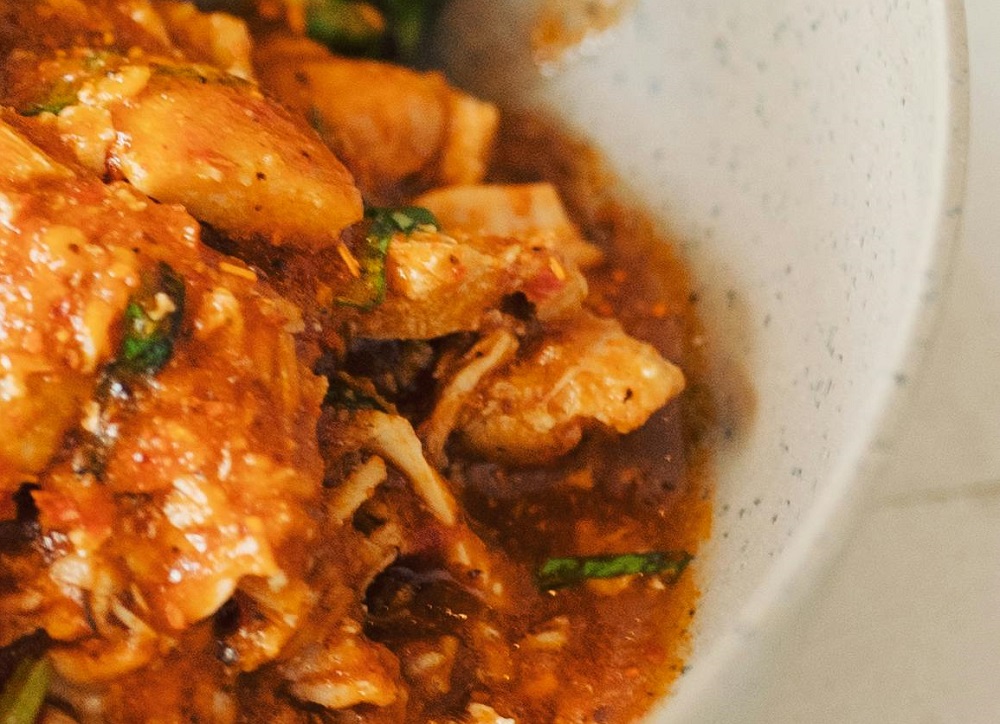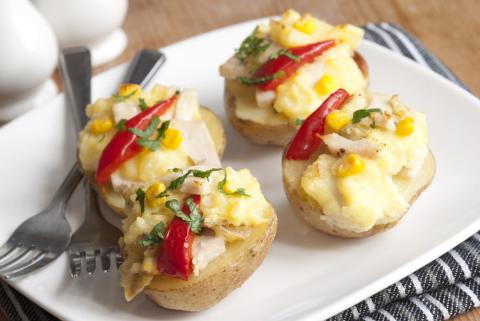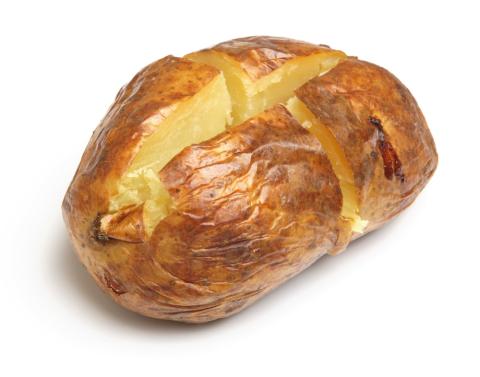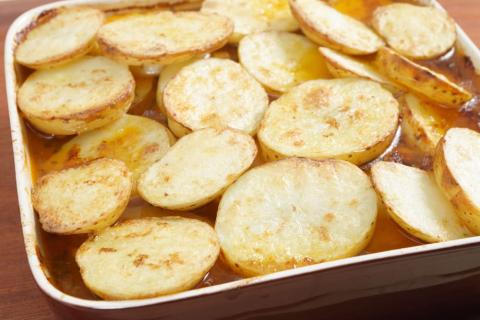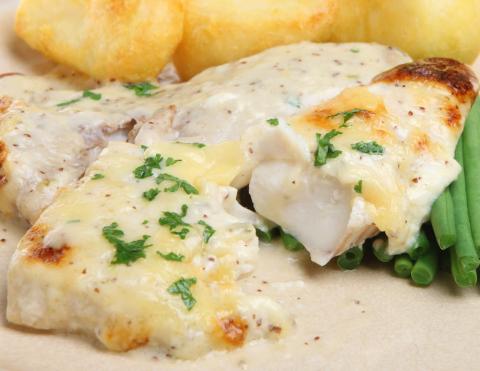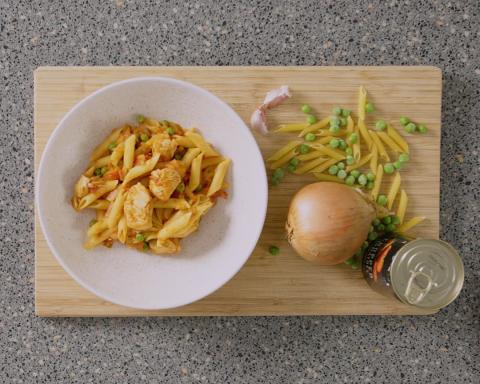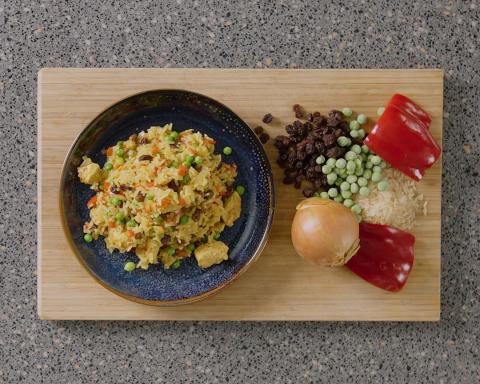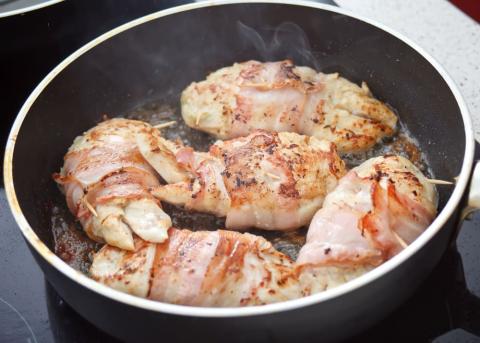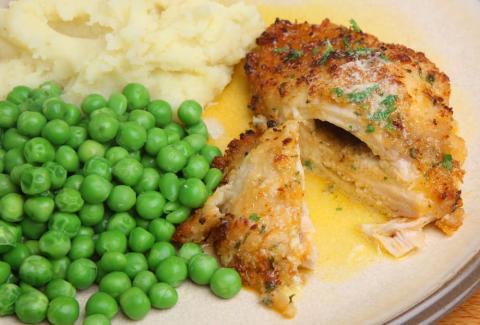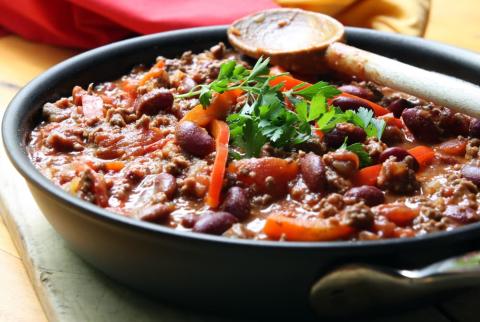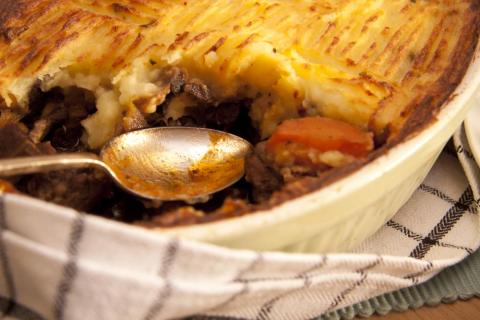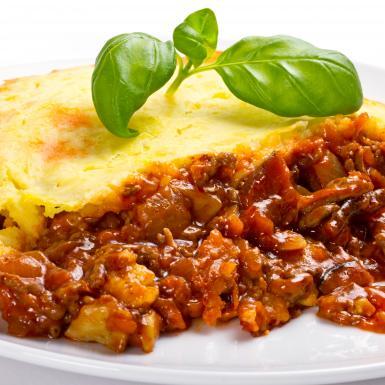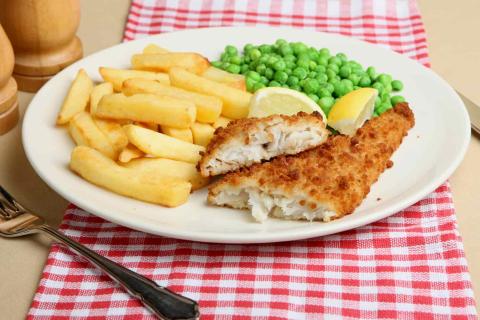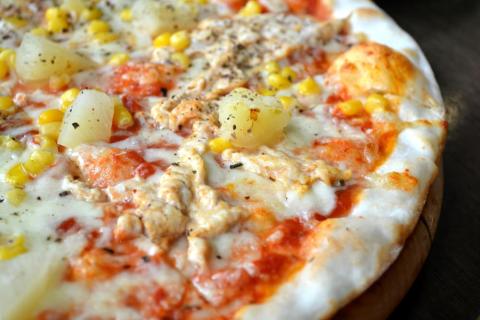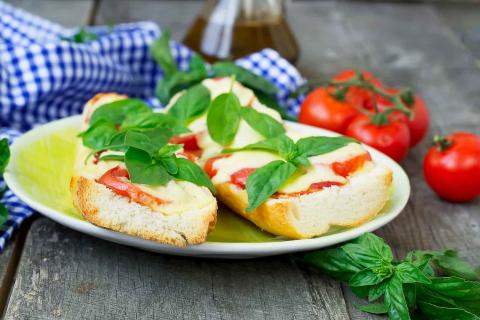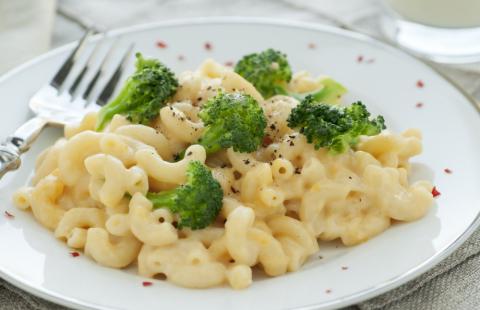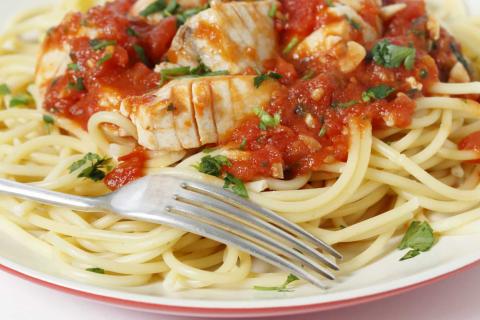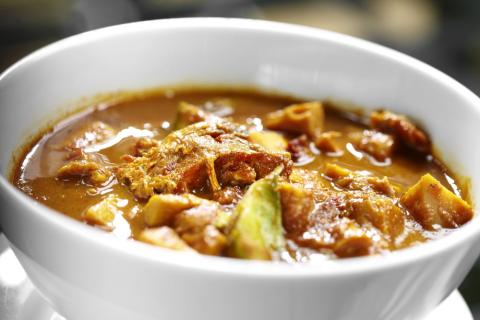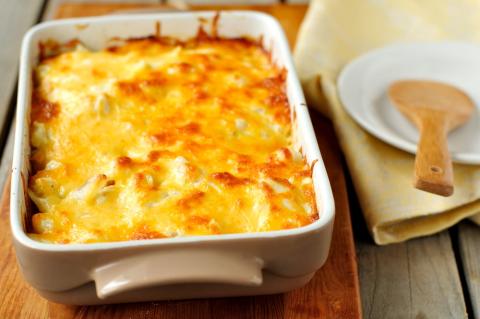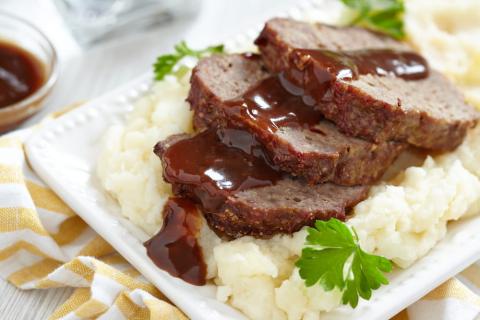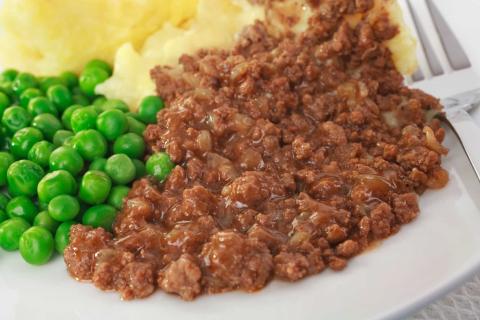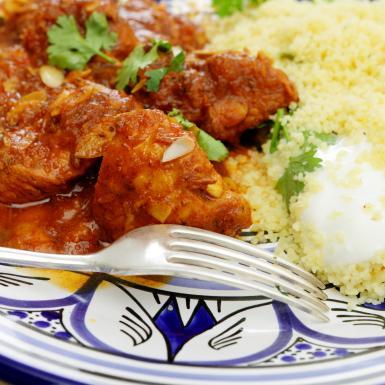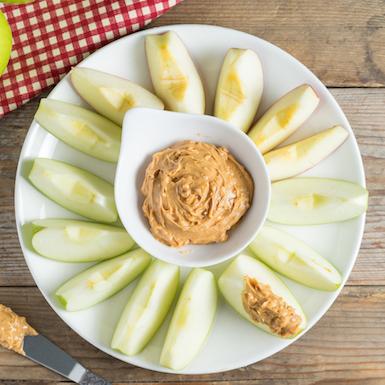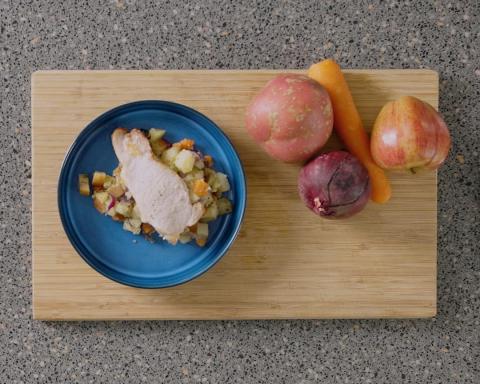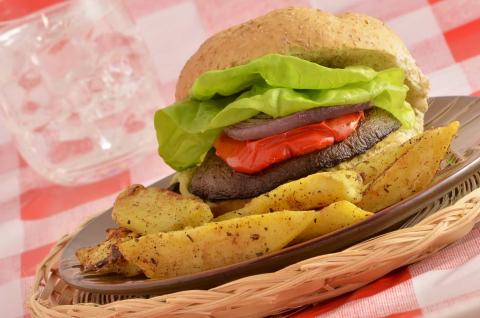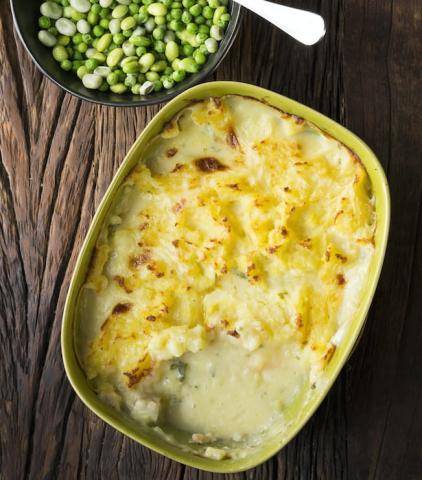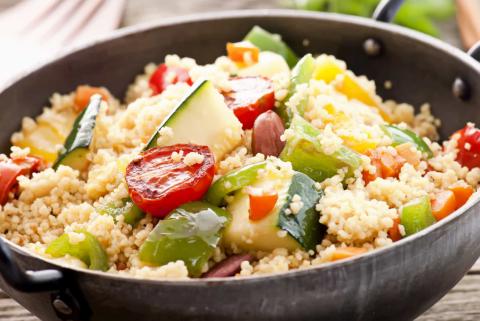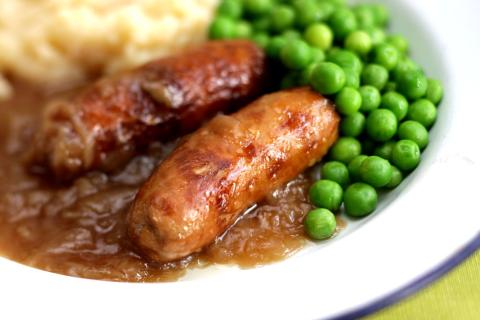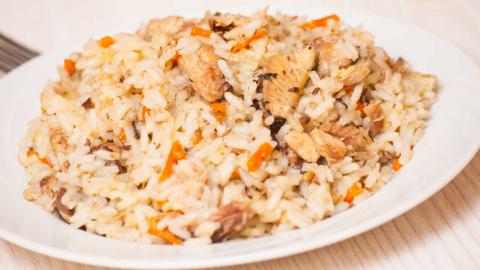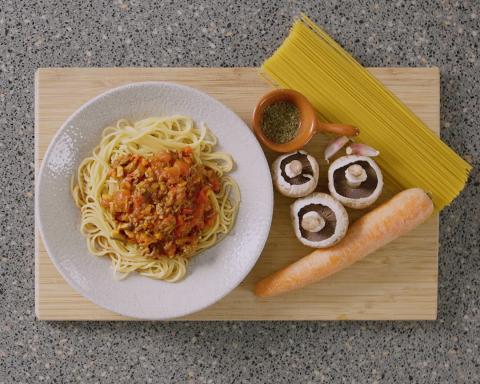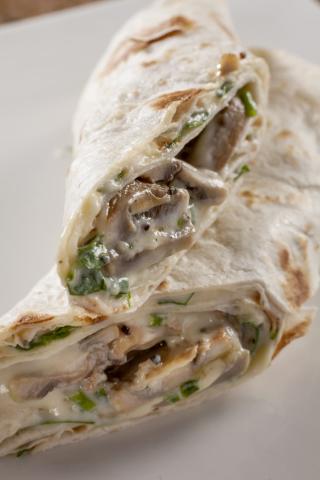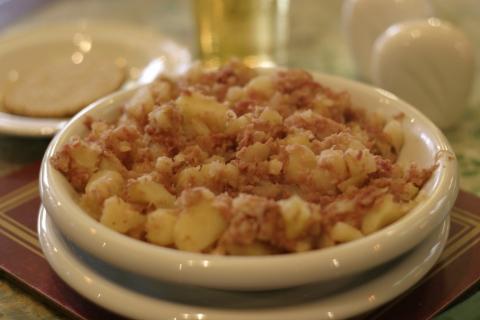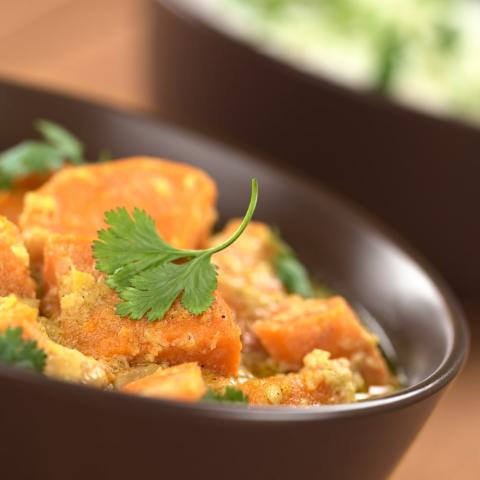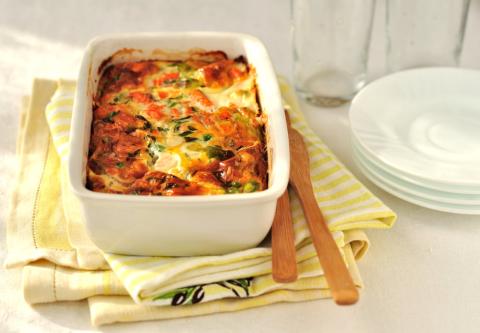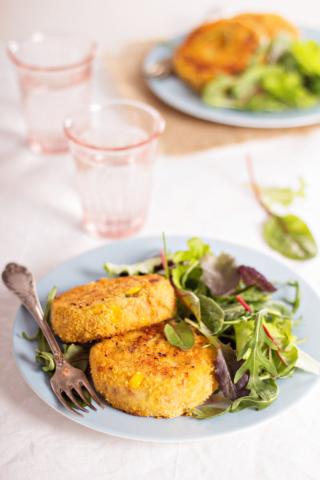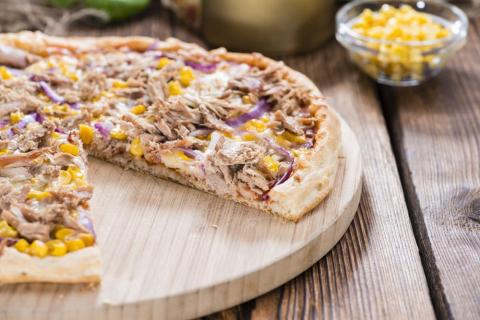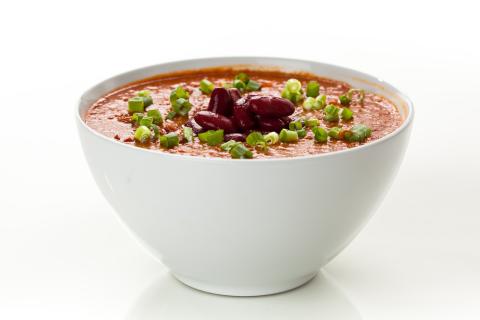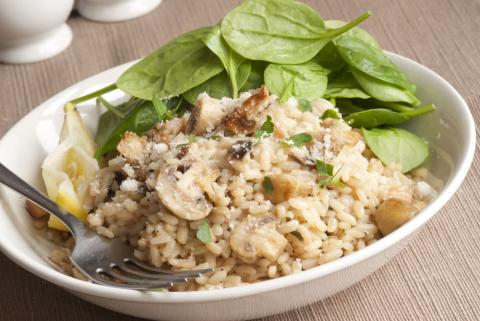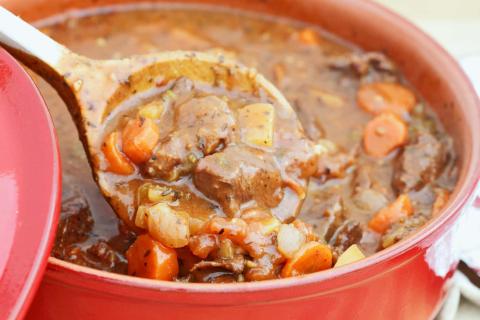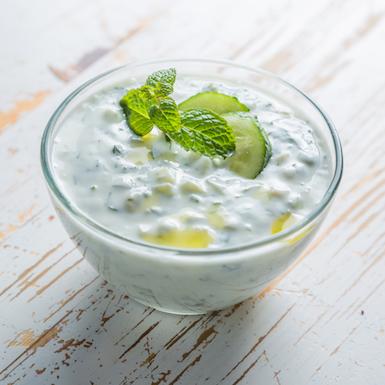- 1 Mug (300g) Easy Cook Rice
- 4 (1kg) Chicken Leg Quarters
- 2 Medium (300g) Onions
- 2 (6g) Garlic Cloves or 10g Garlic Puree
- 2 (320g) Red Peppers
- 4 Teaspoons (12g) Paprika
- 1 (7g) Chicken Stock Cube (choose reduced salt whenever possible)
- 1 Pint (500ml) Boiling Water
- 2 Tablespoons (30g) Tomato Puree
- 1 Pinch Black Pepper to taste
Ingredients
Allergy Disclaimer
Always check the label of each ingredient for allergy warnings.
Method
- Preheat oven to 200°C / 180°C fan oven / 400°F / gas 6.
- Using a knife remove skin from chicken.
- Peel and chop the onions, then peel and finely chop or crush garlic and dice red peppers.
- Dissolve the stock cube in water and stir in the tomato puree.
- Place all ingredients, except the rice, into an oven proof dish and add black pepper to taste.
- Cover with a lid or tinfoil and bake in the oven for 60 minutes.
- Cook the rice as per the instructions on the packet just before casserole is ready to serve.
- Serve rice and casserole together. Check chicken is white all the way through before serving.
Cost Saver Tips
Why not buy a whole chicken or use chicken drumsticks or thighs? You can use the leftovers in other chicken-based recipes from this site. It’s always good to buy meat when it’s on offer or in bulk. That way you can freeze until needed. Just always follow defrosting instructions. When defrosting meat, remember to keep it covered on the bottom shelf of the fridge so harmful bacteria can't drip onto other food.
Tips for Kids
Take this up a notch by adding your little one’s favourite veggies. Frozen peas and sweetcorn work great in this dish – just stir them in for the last few minutes of cooking. Looking to make sure they get some more fibre? Brown rice is an easy option – it just takes a wee bit longer to cook. You could also serve this with potatoes.
Nutritional Information
Based on a single serving of 630g (% of an adult's reference intake)
Energy
701 kcals ( 35 %)
2,943 kJ ( 35 %)
Fat
4.6 g ( 23 %)
Saturates
81.6 g ( %)
Sugar
8.3 g ( 9 %)
Salt
1.1 g ( 18 %)
Detailed nutritional information
| Per 100g | Per 630g serving | |
|---|---|---|
| Energy Kcals | 108 | 701 |
| Energy Kj | 457 | 2,943 |
| Protein | 8.9 g | 57 g |
| Total Fat | g | g |
| Saturated Fat | 0.7 g | 4.6 g |
| Carbohydrates | 13 g | 81.6 g |
| Total Sugars | 1.3 g | 8.3 g |
| NSP Fibre | 0.9 g | 7 g |
| Sodium | 71 mg | 449 mg |
| Salt | 0.2 g | 1.1 g |
Find out about nutritional labelling
Nutrition labels on the front of packaging
- Most of the big supermarkets and many food manufacturers display nutritional information on the front of pre-packed food.
- Front of pack nutrition labels provide information on the number of grams of fat, saturated fat, sugars and salt and the amount of energy (in kJ and kcal) in a serving or portion of a recipe.
- The labels also include information about reference intakes (expressed as a percentage) which are guidelines about the approximate amount of particular nutrients and energy required for a healthy diet.
- The colour coding tells you at a glance if the food has high (red), medium (amber) or low (green) amounts of fat, saturated fat, sugars and salt.
- The more greens on the label, the healthier the choice
- Amber means neither high nor low, so you can eat foods with all or mostly ambers on the label most of the time.
- Reds on the label means the food is high in that nutrient and these are the foods we should cut down on. Try to eat these foods less often and in small amounts.
Food shopping tips
If you’re trying to decide which product to choose, check to see if there's a nutrition label on the front of the pack. This will help you to quickly assess how your choices stack up. You will often find a mixture of red, amber and green colour coding for the nutrients. So when you're choosing between similar products, try to go for more greens and ambers and fewer reds if you want to make a healthier choice.
 Activities & Play
Activities & Play Behaviour
Behaviour Childcare
Childcare Development & Growing Up
Development & Growing Up Family, Friends & Relationships
Family, Friends & Relationships Feeding Your Baby
Feeding Your Baby Food & Eating
Food & Eating Health & Safety
Health & Safety Mental Health & Wellbeing
Mental Health & Wellbeing Money & Work
Money & Work Online Behaviour & Safety
Online Behaviour & Safety Pregnancy & First Days
Pregnancy & First Days School & Education
School & Education Sleep
Sleep

